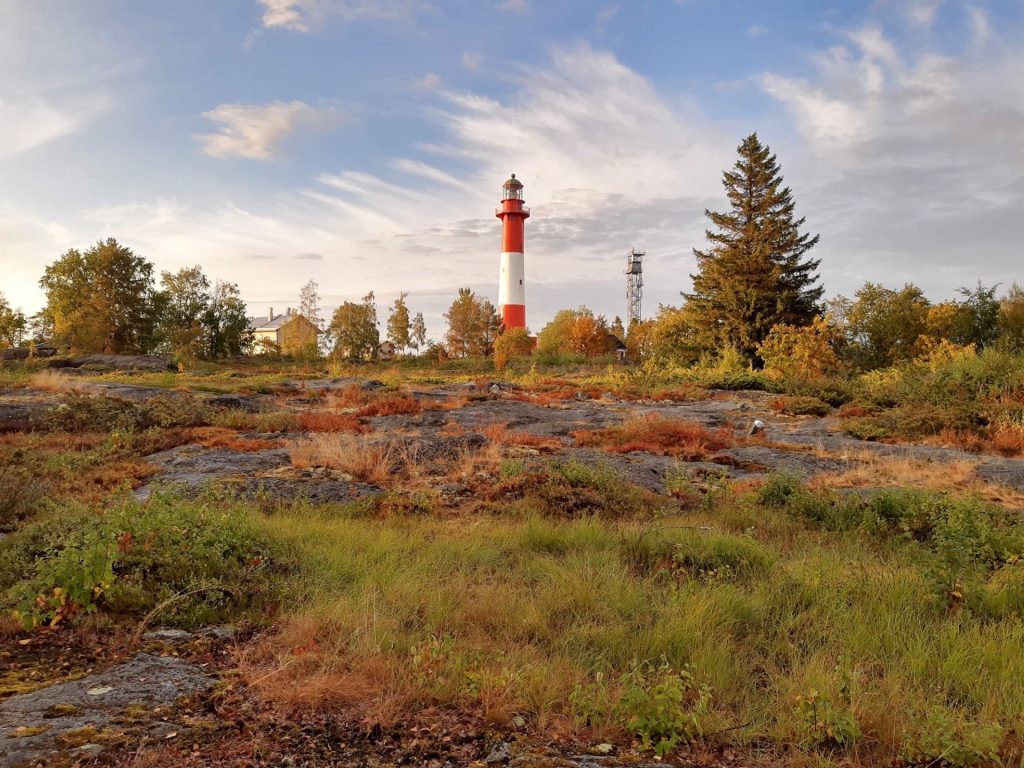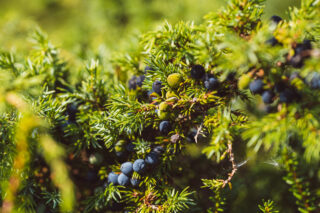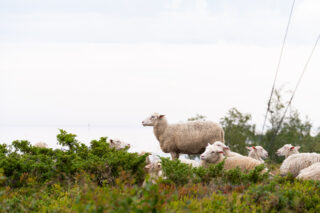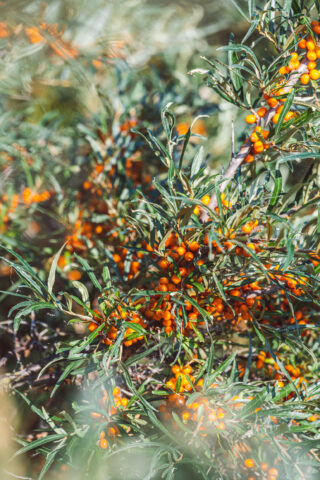Respect vulnerable archipelago nature
The island of Tankar will charm you with its rugged beauty, but the vulnerable island nature and surroundings in the outer Finnish archipelago also require caution from visitors. All visitors shall show appropriate respect for the unique built environment and delicate nature on the island.
Tankar is a nature conservation area and included in the Natura 2000 network as a part of the Luoto Archipelago. The surface area of the island is growing constantly and the vegetation is changing due to land uplift that is typical for the area. The trees and landscape on Tankar are maintained in accordance with a nature management plan drawn up for the island, and sheep graze the island grounds in the summertime.
Around 180 plant species have been found on Tankar, the rarest of which include the rare eyebright euphrasia bottnica, maiden pink, common moonwort, sea rocket and the sedge species carex viridula var. pulchella. The island vegetation is visibly characterised by the near 20 berry plants growing in the heath areas. The most common mammals on the island are rabbits, moles and seals. Otters are also spotted from time to time.
Nature trail
There is a 1.5-kilometre nature trail circling the island, with information boards that introduce visitors to the island nature. The trail is not suitable for persons with physical disabilities, and good footwear is required.
Respect the island nature: do not litter, and avoid making unnecessary noise. Island visitors must keep to the marked paths and duckboards. Smoking and lighting a fire are only allowed near the harbour. It is forbidden to enter the northern rocks and areas outside the market trails during the bird nesting season between 15 April and 31 July. The cabins on the island are in private ownership. The duckboard routes near the harbour are wide enough to accommodate wheelchairs and baby strollers. Dogs are welcome to the island, but they must be kept on a leash.
Bird station
Almost 260 different bird species have been spotted on the island, and 45 of them nest here regularly. Among the most commonly seen are the red-breasted merganser, lesser black-backed gull, arctic tern, house martin and meadow pipit. Species nesting on the island in fewer numbers include the arctic skua, great black-backed gull, caspian tern, willow grouse and velvet scoter. In addition to the nesting species, Tankar is frequented by species such as the razorbill, eider and the Kokkola city symbol, the white-tailed eagle. Rare bird species are often seen on the island during the migration seasons.
The Tankar bird station was established in 1972, and it is run by the Tankar Bird Station Committee operating under Birdlife Central Ostrobothnia. The station’s main activities include placing identification rings on birds, counting populations, monitoring bird migration and conducting different studies. Approximately 2500 birds are fitted with a ring on Tankar each year. In total, over 100,000 birds have been ringed on the island. The light of the brightest lighthouse in Finland attracts countless birds, especially in the midst of foggy and drizzly nights.



